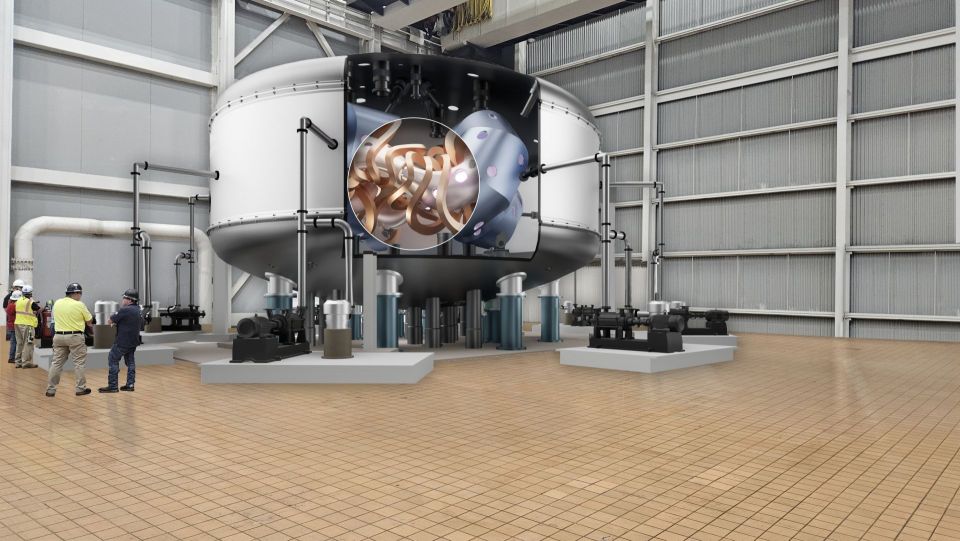China launches fusion consortium to build “artificial sun”
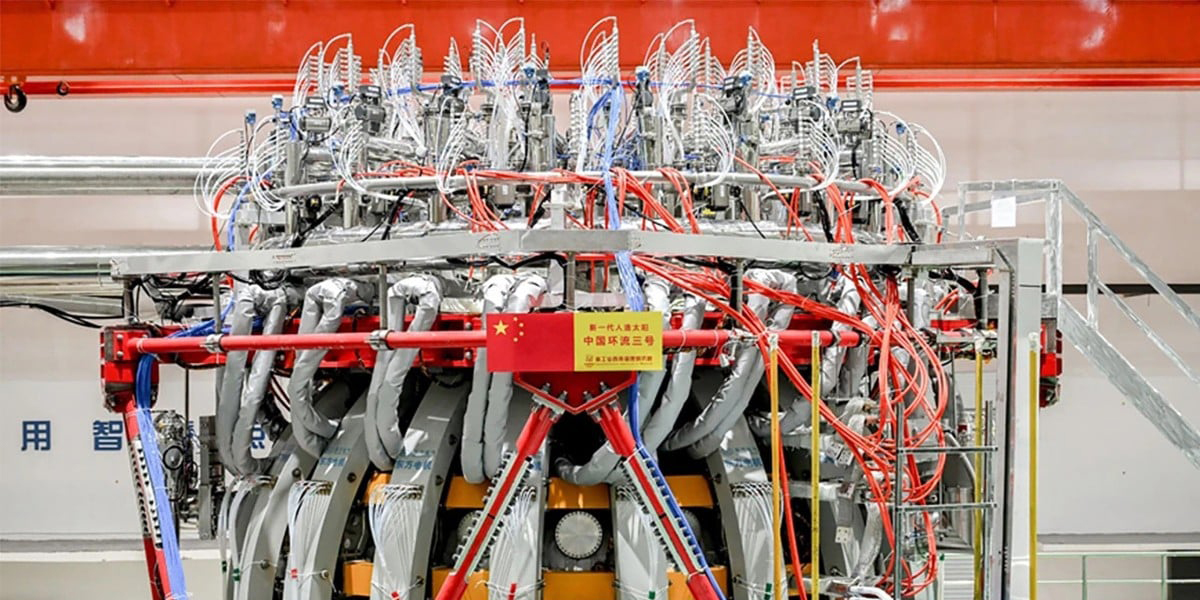


Westinghouse awarded $180M ITER contract
Westinghouse Electric Company announced that it has signed a $180 million contract with the ITER Organization for the assembly of the vacuum vessel for the fusion reactor being built in...
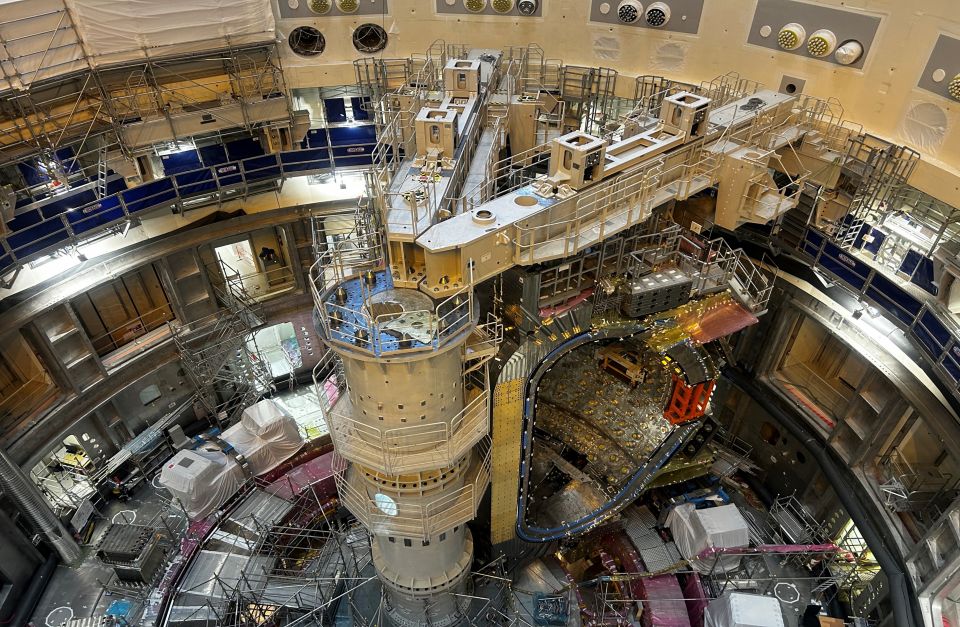
Google announces power purchase agreement with Commonwealth Fusion
In its June 30 announcement of a new deal to purchase 200 MW from Commonwealth Fusion Systems' (CFS) first ARC fusion power plant planned for Virginia, Google called it “the largest direct...
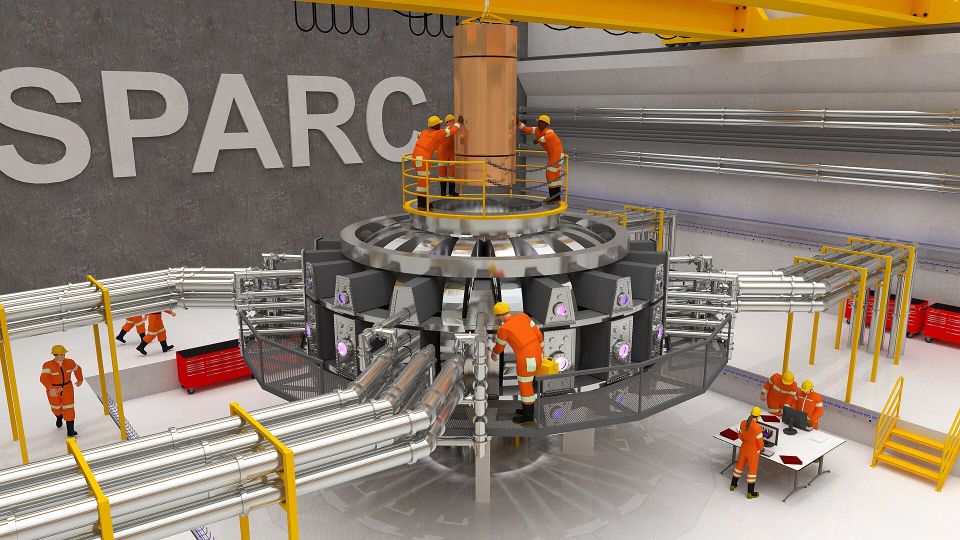
Comments on U.S. nuclear export controls on China
As trade negotiations are in the works between the United States and China, Washington, D.C., has the advantage in semiconductors but nuclear power is a different story, according to a June 9...

New MIT lab to speed fusion materials testing
The Massachusetts Institute of Technology’s Plasma Science and Fusion Center (PSFC) has launched the Schmidt Laboratory for Materials in Nuclear Technologies (LMNT). Backed by a...
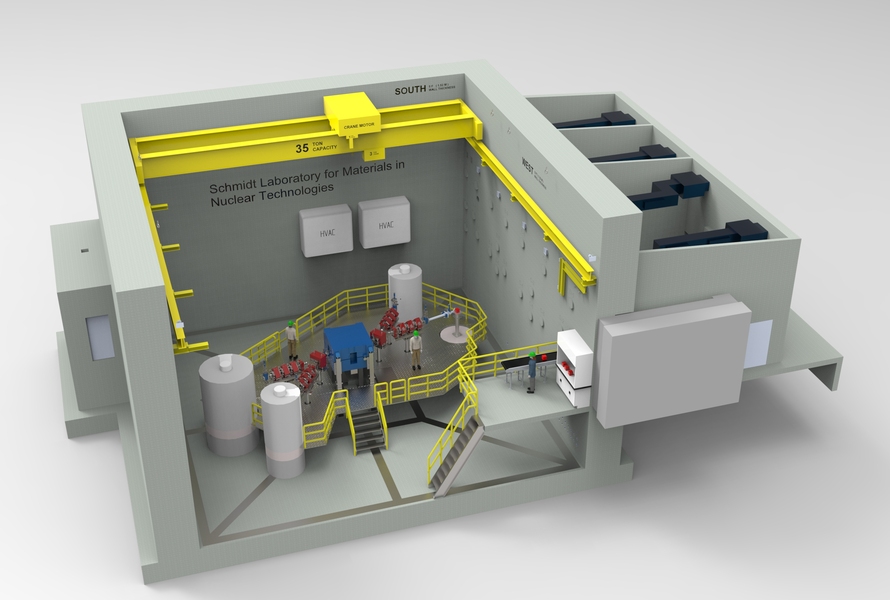
DOE opens Milestone fusion pilot plant program to new companies and teams
Eight companies were chosen to develop fusion pilot plant designs through the Department of Energy’s Milestone-Based Fusion Development Program just over two years ago. It wasn’t until...
Fusion energy surges in Great Lakes region
The new Great Lakes Fusion Energy Alliance wants to build a fusion energy engineering consortium in the Great Lakes region to expand the Midwestern momentum behind fusion energy development...
Fusion Energy Week begins today
Excitement around fusion has only grown this year since the French magnetic confinement fusion tokamak known as WEST maintained a plasma for 1,337 seconds in February, toppling the...
State legislation: Bipartisan support growing for nuclear energy in Wisconsin
Lawmakers are crossing the aisle to back proposals to expand nuclear power and nuclear research in the Badger State, especially as energy-hungry data center projects advance in Wisconsin and...

State legislation: Delaware delving into nuclear energy possibilities
A bill that would create a nuclear energy task force in Delaware has passed the state Senate and is now being considered in the House of Representatives....
.svg.png)
Type One publishes design basis for its stellarator fusion pilot plant
Fusion startup Type One Energy has announced the publication of a baseline physics design basis for its proposed Infinity Two stellarator fusion pilot power plant. The design basis was...
